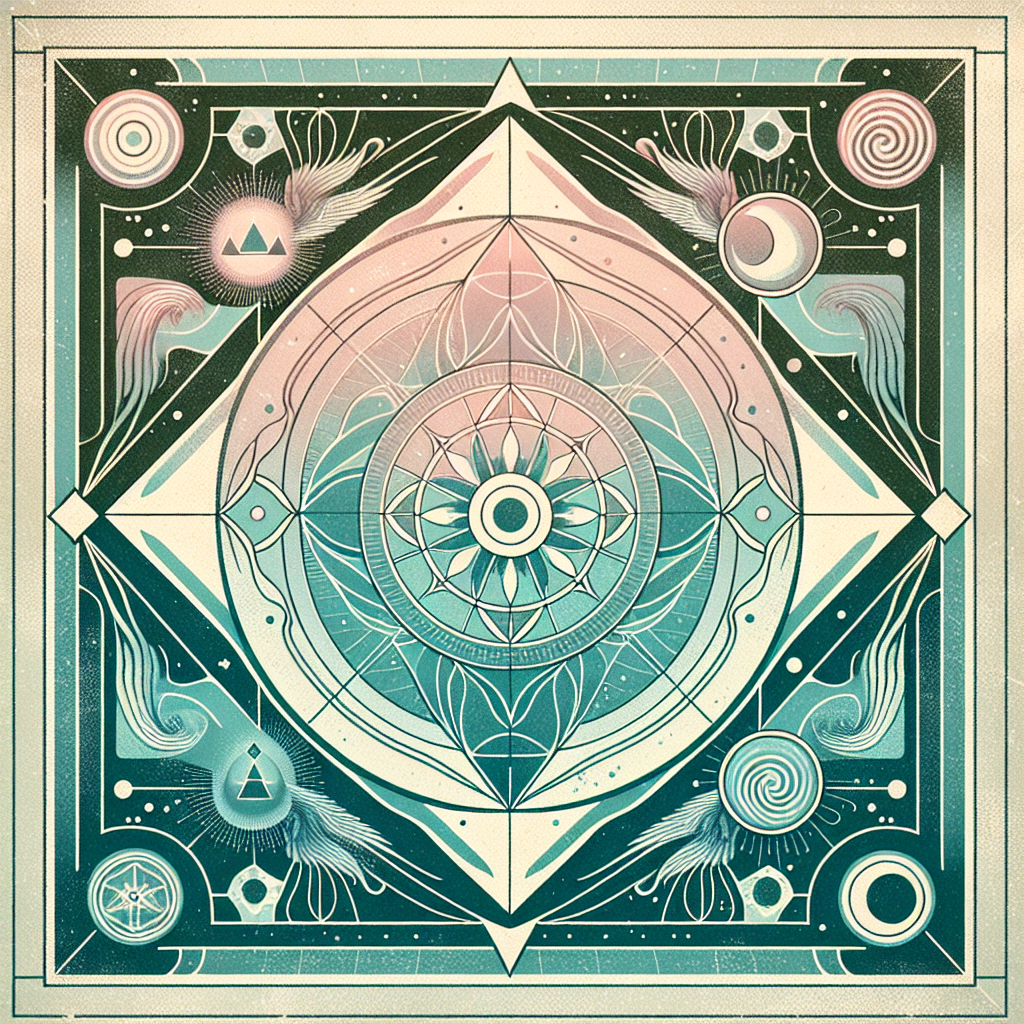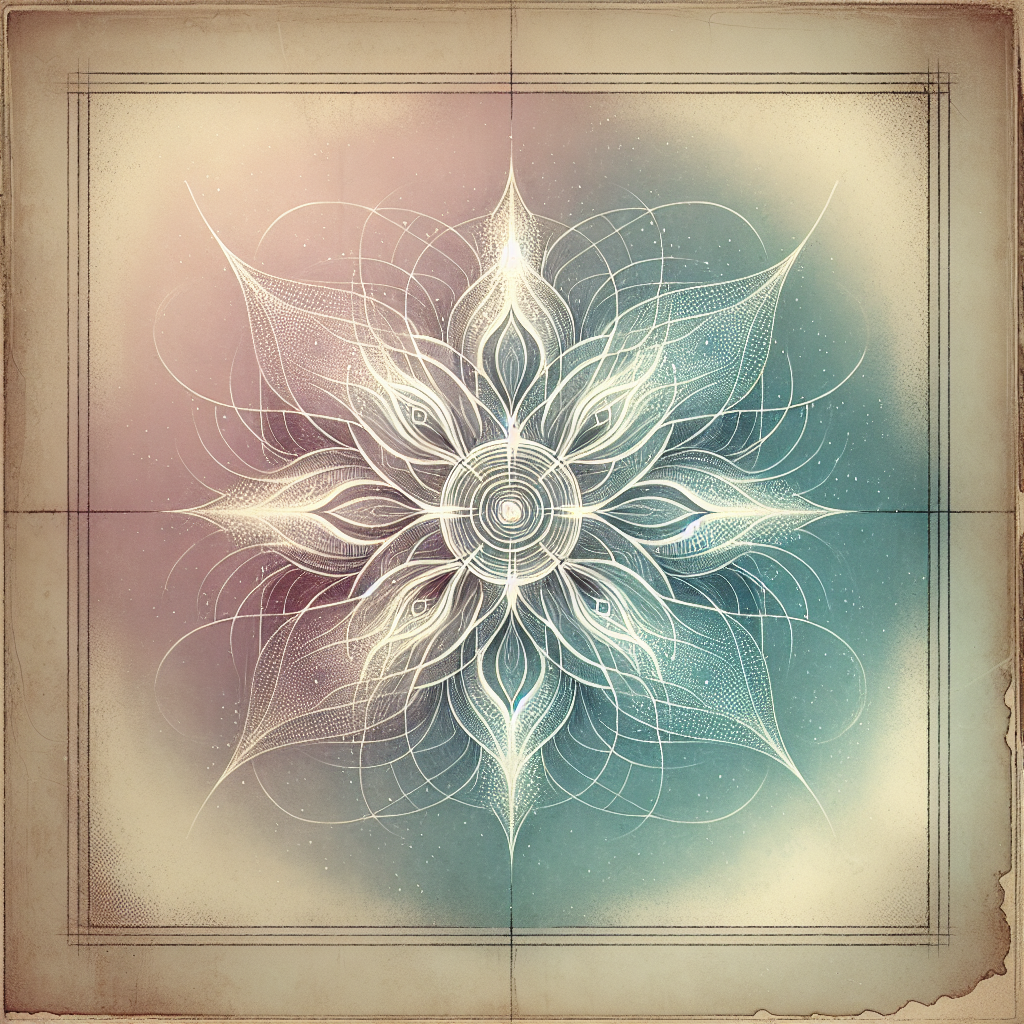
Introduction
Archetype (Greek ἀρχέτυπον, archétypon; French archétype; German Archetyp) literally means “original pattern” or “first model.” In modern psychology the term is most closely associated with Carl Gustav Jung (1875–1961), a Swiss psychiatrist in Zürich who developed analytical psychology and proposed that recurring symbolic patterns in myth, religion, and dreams reflect deep structures of the human psyche. Jung’s articulation of archetypes emerged across essays from the 1930s–1950s and remains a touchstone for subsequent debate in psychology, religious studies, and literary theory. [1][2][4]
The Basic Idea
Jung used “archetype” to name innate, universal organizing patterns of psychic functioning that inhabit what he called the collective unconscious, a layer of mind not reducible to personal biography. Archetypes are not ready-made images but structural dispositions—tendencies to form images and motifs that take shape in dreams, myths, visions, and cultural emblems. Typical figures include the mother, child, trickster, anima/animus, and the self; typical patterns include death–rebirth, hero quests, and flood narratives. Jung’s account drew analogies to instincts: Archetypes are to the psyche what instincts are to behavior—evolved, species-typical dispositions that repeatedly elicit patterned representations and affects. In literary and cultural criticism, the concept of Archetypes was adapted to describe recurrent narrative forms and symbolic clusters across traditions, extending beyond clinical psychology into comparative mythology and poetics. [1][2]
How It’s Supposed to Work
In Jung’s model, the psyche comprises consciousness, a personal unconscious (biographical material), and a collective unconscious (impersonal, transpersonal contents). Archetypes belong to this last stratum. They are “empty” formal factors that become visible only in their instantiations—what Jung called archetypal images. These images surface when psychic energy constellates around life tasks or crises (e.g., separation, courtship, parenthood, aging), giving rise to symbolically charged dreams, fantasies, rituals, and artworks. Therapeutically, analysts attend to these images across multiple “amplifications”—comparative references to myth, folklore, alchemy, and religious iconography—to discern which archetypal patterns are active and how the ego may integrate them during individuation, the long-term process of psychic maturation. Mandala imagery, for instance, often accompanies experiences of psychic centering and has been interpreted in this tradition as a symbol of the self, the archetype of psychic totality. [1]
Outside clinical settings, Archetypes are said to operate by predisposing perception and narration toward globally recurring plots and dramatis personae. From this perspective, the recognizability of certain stories—the wandering hero, the wise guide, the descent into a netherworld—reflects not only cultural diffusion but also shared cognitive–affective templates that humans repeatedly activate to make sense of uncertainty, mystery, agency, kinship, and mortality. The wise guide—often a vessel of wisdom—signals an intergenerational thread of meaning. Literary theorists have therefore used “archetype” to map families of images and mythoi (e.g., seasonal cycles linked to comedy, romance, tragedy, and irony) that organize genres and expectations across time. [2]
Where It’s Used & Applied
-
Clinical and counseling practice: Within Jungian and post-Jungian analysis, archetypal interpretation informs dreamwork, image-based interventions, and case formulations that situate personal symptoms in relation to universal motifs (e.g., shadow dynamics, parental imagoes). The approach is descriptive and interpretive rather than biomedical. Robust randomized clinical evidence for archetype-focused interventions is limited; practitioners typically report case-based and qualitative outcomes. [1][3]
-
Religious studies and comparative mythology: Researchers use archetypal typologies to compare myths, rituals, and visionary reports, tracking recurrent figures (e.g., Great Mother, dying-and-rising god) and functions (initiation, liminality). This work often borrows Jung’s vocabulary while remaining methodologically plural. [1][2]
-
Literary and cultural criticism: Archetypal criticism maps recurring symbolic structures and narrative cycles across literatures and media, arguing that certain images and plots persist because they speak to shared human predicaments. [2]

What We Know Today
Status of the concept. Jung’s Archetypes have been influential but controversial. Supporters argue that cross-cultural recurrence of motifs suggests underlying universals; critics counter that cultural transmission and convergent problem-solving suffice to explain similarities without positing inborn symbolic forms. Contemporary scholarship spans positions: some reinterpret archetypes as flexible, developmentally emergent schemas rather than fixed, biologically inherited entities; others maintain a stronger innateness claim. [2][3]
Empirical debate. Systematic empirical confirmation of archetypes as inherited, content-rich structures has not been achieved. Reviews from within analytical psychology note that advances in genetics and neuroscience complicate hereditarian claims, encouraging models where universality—if any—resides in broad affective and social predispositions that culture shapes into specific images. Roesler, for example, queries whether transmission is better explained by culture than biology and emphasizes the need to clarify what kind of “universality” is being asserted (structural, functional, or imagistic). Evidence cited in such debates includes cross-cultural dream motifs, adoption studies, and developmental research, but findings remain mixed and open to alternative interpretations. [3]
Conceptual clarifications. Even among proponents, archetypes are often defined as formal, not pictorial: patterns of relation and disposition rather than prepackaged signs. This shift aims to preserve the heuristic use of the term while avoiding strong genetic claims. In clinical work, the operational emphasis falls on how archetypal patterns help map a person’s experience of conflict, transition, and meaning-making, not on proving biological inheritance. [1][3]
Scope and limits. As a descriptive and comparative vocabulary, “archetype” remains widely used in the humanities for organizing interpretive insight across corpora and eras. As a psychological hypothesis about innate symbolic structures, it remains contested. For therapeutic claims, the current evidence base is primarily qualitative and case-based; where health outcomes are concerned, readers should note that rigorous clinical trials isolating archetypal mechanisms are scarce, and causal efficacy is unproven. [2][3]
Terminology and disambiguation. The English “archetype” traces to Greek ἀρχέτυπον, “original/first pattern.” In Jungian contexts, it refers to structural dispositions of the collective unconscious; in literary studies it denotes recurrent narrative and symbolic patterns; in textual criticism it can mean a hypothetical original exemplar of a tradition—distinct from the psychological sense. Jung’s own usage evolved over decades; his core expositions are collected in Volume 9 (Part 1) of his Collected Works, The Archetypes and the Collective Unconscious. [1][2]
Sources
[1] Jung, C. G. The Archetypes and the Collective Unconscious (Collected Works, Vol. 9, Part 1). 1969/2014. Primary source collecting Jung’s essays on archetypes, individuation, and symbolic imagery. Princeton University Press. DOI: 10.1515/9781400850969 — https://press.princeton.edu/books/ebook/9781400850969/the-collected-works-of-c-g-jung-volume-9-part-1
[2] Encyclopaedia Britannica. “Archetype.” 2024 update. Concise overview of the term’s Greek origin, Jungian usage, and extension into literary criticism. https://www.britannica.com/topic/archetype
[3] Roesler, Christian. “Are archetypes transmitted more by culture than biology? Questions arising from conceptualizations of the archetype.” Journal of Analytical Psychology, 57(2), 223–246, 2012. Reviews controversies and evaluates universality claims in light of genetics/neuroscience. https://onlinelibrary.wiley.com/doi/abs/10.1111/j.1468-5922.2011.01963.x
[4] Encyclopaedia Britannica. “Carl Jung.” 2024 update. Biographical reference for Jung’s identity, dates (1875–1961), and central concepts. https://www.britannica.com/biography/Carl-Jung